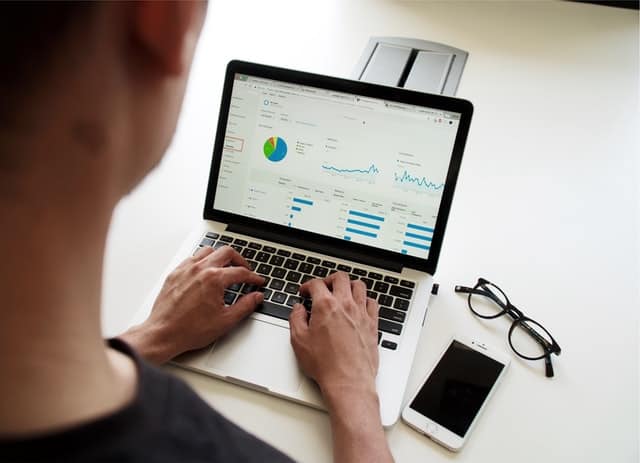Online businesses are often taken less seriously than traditional brick and mortar stores. While this could be for a number of reasons, I firmly believe it comes down to the fact that their business isn’t conducted face to face.
This can result in people viewing them as less ‘valuable’ than other businesses.
However, nothing could be further from the truth.
While your online store undoubtedly has less overhead (and arguably requires less outlay) than old school businesses, that does not make them any less financially viable.
In fact, despite being run with minimal equipment and at a lower cost, it is likely that your online store has just as many assets as any other business — and here is how to calculate them.
What Is An Asset?
Before we dive into the crux of this article, I wanted to outline what an asset really is — so,what is an asset?
An asset is anything that you or your business owns that has some sort of long term economic value. This can be anything that either directly makes you money, or appreciates in value over time.
A common example of an asset is an investment property.
An investment property is something that you take out a mortgage for, but someone else (i.e. renters) pays off. This will not cost you anything, and over time the property will increase in value, making it a valuable asset.
Eventually, once the property is paid off in full, it will start turning a profit — making it an extremely valuable asset.
And while your online business may not have a physical location, I can assure you that it has a number of other valuable assets that you should know how to calculate in a step by step manner.
1. Record Your Assets

We have already established that assets are anything that is of financial value to your business.
With this in mind, the first step to calculating your assets is to record them all down.
I would start by listing any assets you may have that can easily be converted to cash and have a clear monetary value. This might be actual cash, any money that is owed to you, and any stock you may have.
Next start tallying up your fixed assets. These assets are harder to convert to cash, but still have obvious value. If you have a physical business location, machinery, or equipment, then these go here.
Lastly, get started on your less tangible assets. These are assets that don’t have a physical form, but have significant financial value. Things like your business’s reputation, your website, social media following, and online presence all go here.
This is a great article that has more information on intangible assets.
2. Workout your Liabilities
Next up we want to work out what your liabilities are.
A liability is anything and everything that your online business owes (or will owe in the future).
This could be any outstanding fees you have for your domain name, or a web hosting service. Any monthly subscriptions you have for software or equipment. And obviously it includes any outstanding debt you have to a bank or any other lender.
In essence, every business on the planet will have some liabilities — even those run on an online environment, and you need to know what they are.
3. Put Together A Balance Sheet

A balance sheet is simply a snapshot of your business’s financial status at a singular moment in time. It contains information on all of your assets and on your liabilities, which allows you to calculate your total tangible assets.
I would strongly recommend creating (or downloading) a simple balance sheet in microsoft excel or google sheets, and then plugging in all the necessary information. You should have all your assets on the left hand side of the sheet, and all your liabilities on the right hand side of the sheet.
Then, once you subtract your liabilities from your assets, you get a picture of your current business net value in terms of its tangible assets.
What’s Next?
You now have a simple three step approach to calculating the tangible assets of your online store — but what’s next?
I mean, what do you do with this information?
Well, this is just the start. Once you have calculated your assets, you can start working on how much your business is worth. This could be combining your asset information with your monthly income to clearly identify the total value of your business.
This is a must if you have any intention of selling your online store, or expanding to take on more staff — something that all online business owners will grapple with at one point or another.
Final Points
Calculating your assets gives you a quick snapshot of how well your business is doing in the current landscape. This is a valuable piece of information that can help guide many of your business decisions moving forward.
As a bonus, this can be done quickly and efficiently by calculating your assets, establishing your liabilities, and creating a balance sheet.
Honestly, it is that easy.






















Add Comment